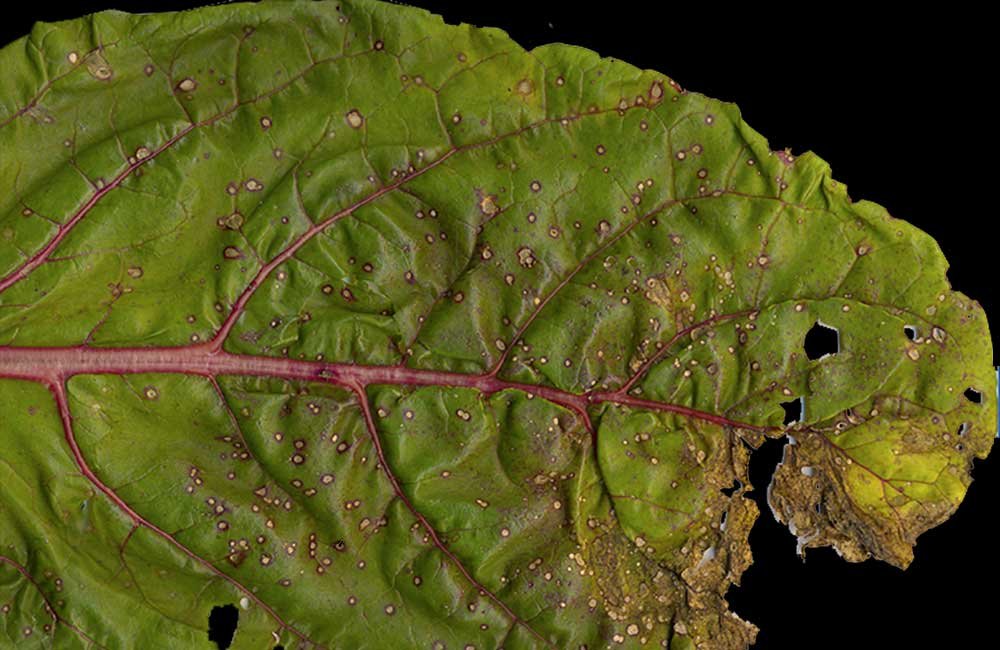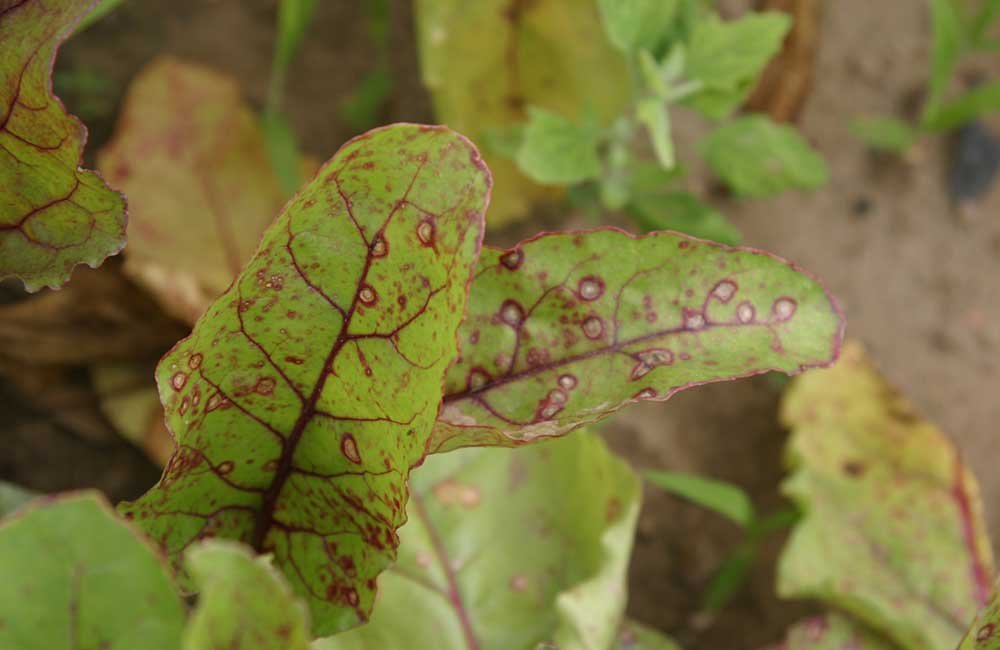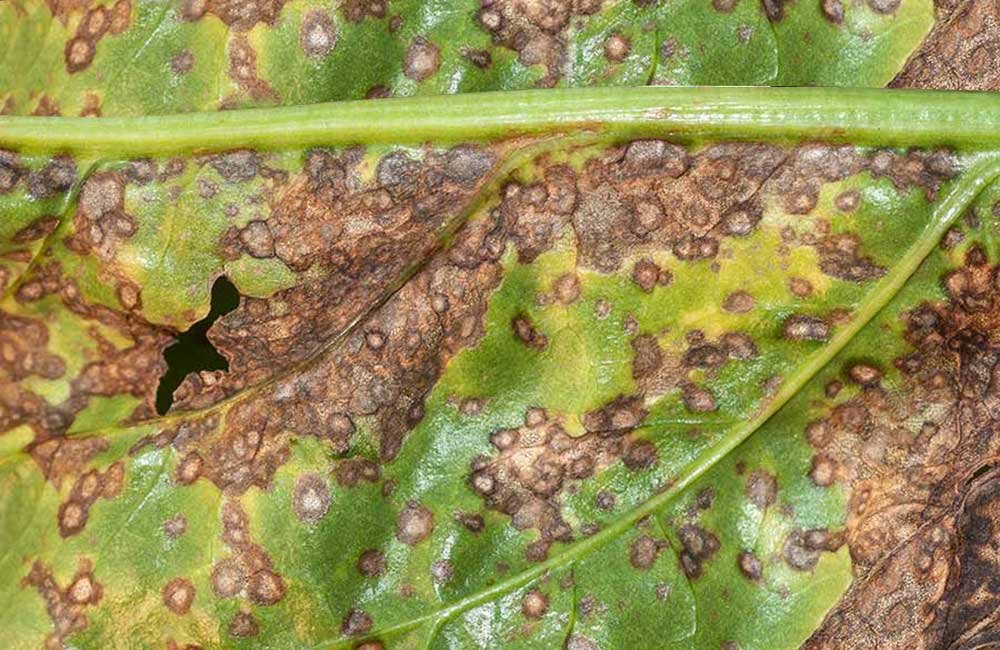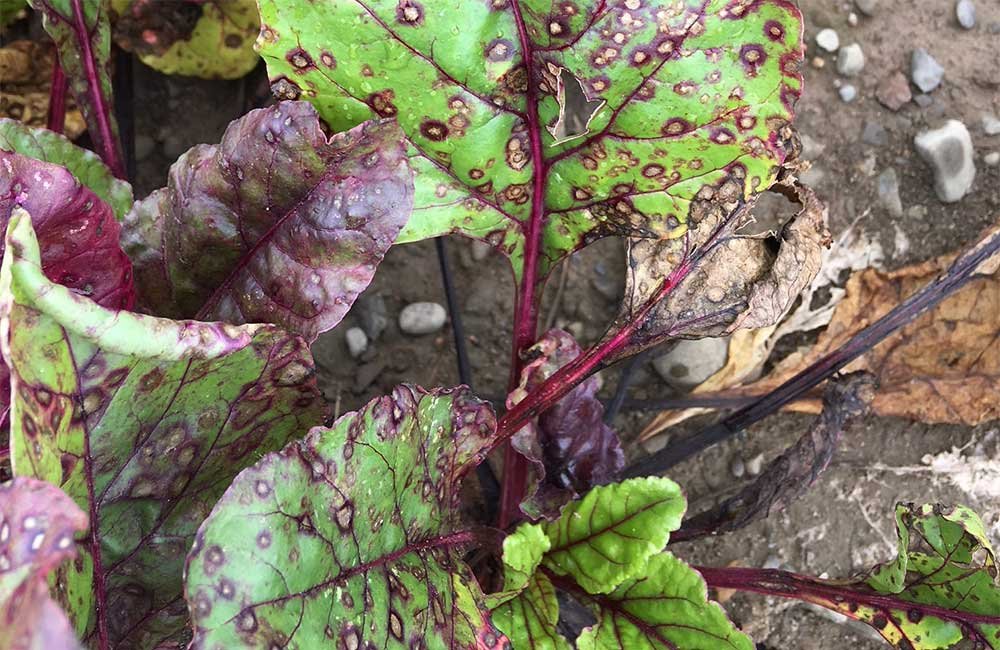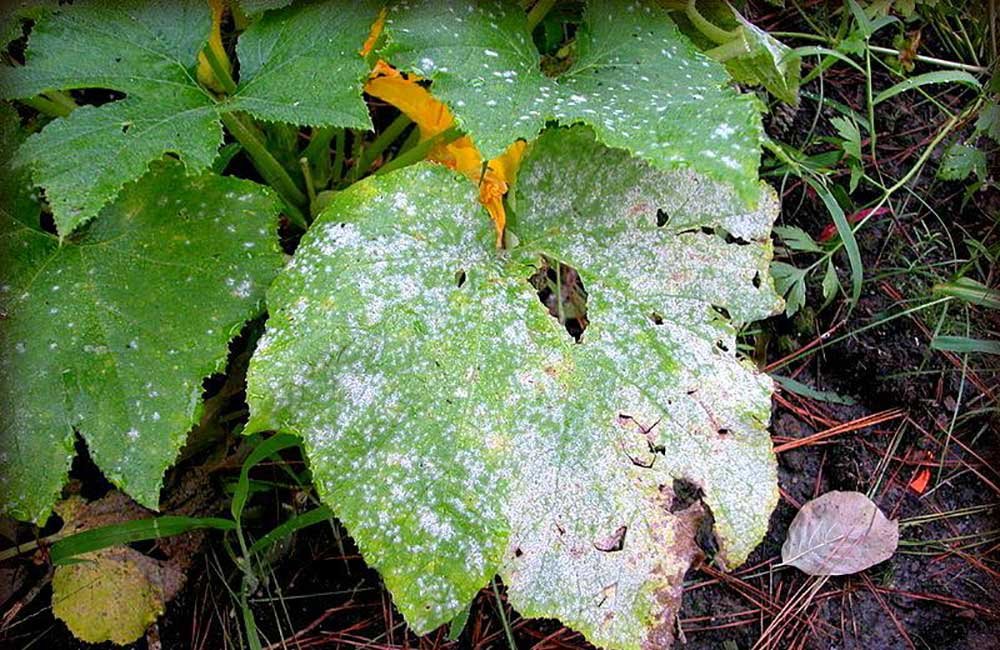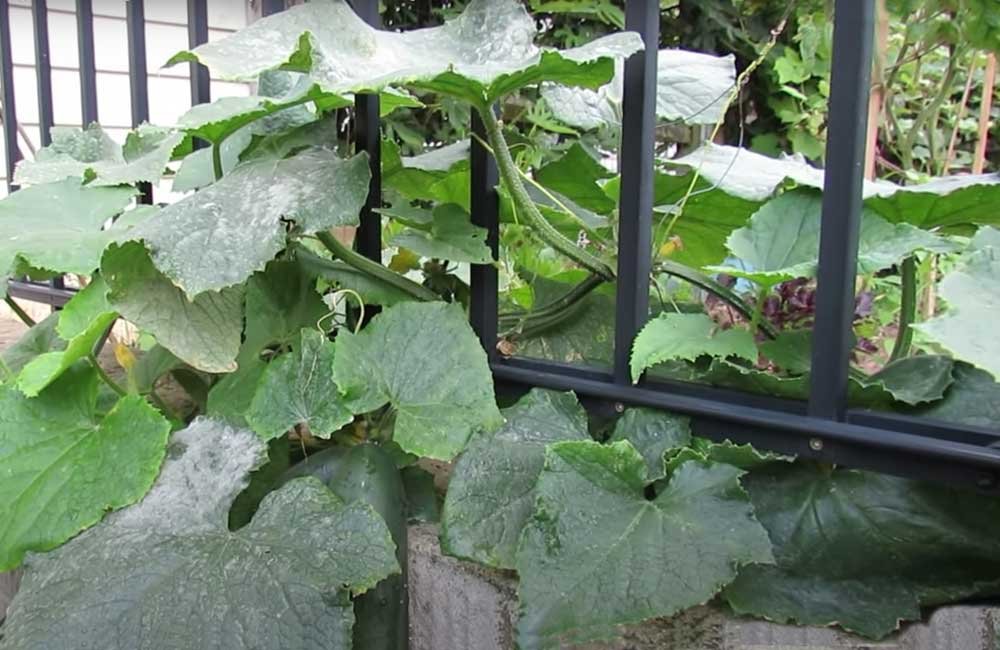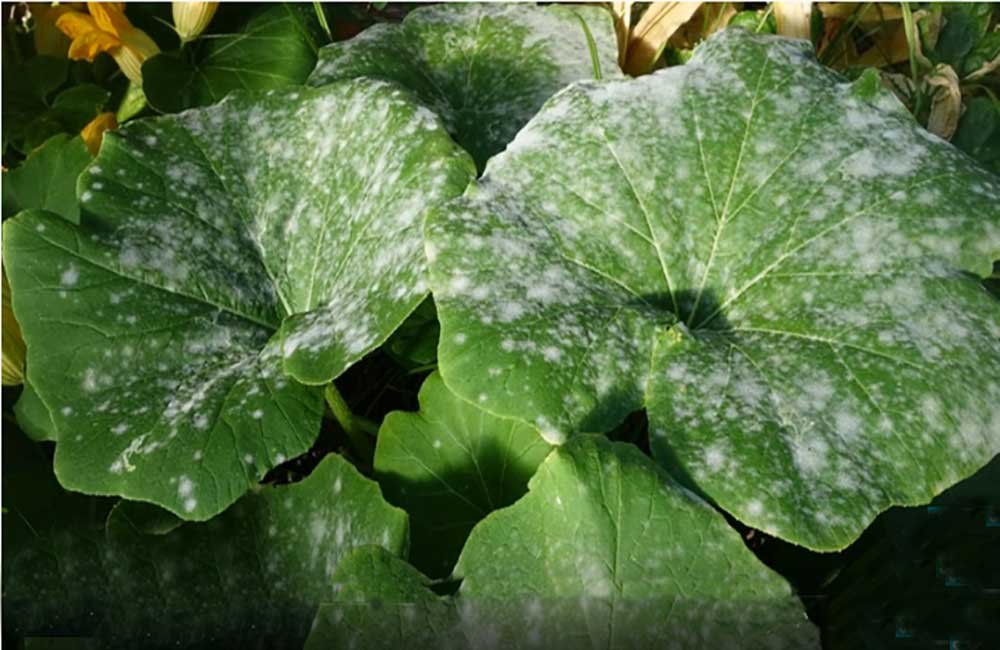Environmental Pest Management (EPM) for organic food gardening is responsible environmental stewardship. Although EPM is modeled after the older Integrated Pest Management (IPM), it doesn’t allow use of toxic chemicals that are banned under the USDA organic standards. Contact your local botanic garden information service OR state university agricultural extension for help in identifying and treating pests. But only use the organic safe sprays we recommend in this post.
Learn more about our growing method in two recently revised blog posts.
EPM is all about multi-tasking
EPM tools and methods suppress and marginalize pests, and don’t totally eliminate all pests forever.
Previous attempts to totally eliminate pests with toxic chemicals never worked. Beyond Pesticides has a webpage with all the diseases caused by toxic chemical pesticides.
The combined use of EPM tools and methods are far more effective than the tools individually. These tools have limited impact as solo treatments. But combining EPM practices will deliver substantial pest relief to your garden without jeopardizing our environment or humans. Examples of multiple care methods include selection of diseases resistant varieties, proper spacing for air circulation, siting plants for their specific light requirements, proper watering, crop rotation, and bio-diverse planting. Throughout the season remove any badly affected leaves, practice good sanitation in fall by removing plant material. Find further discussion on insect and disease prevention at the Organic Gardening in NC State Extension website.
Treat the whole garden and use all the EPM tools all the time. We provide details below about what sprays to use and the frequecy of use. Not all pest control measures apply to all conditions. If you have an extreme infestation call us for a recommendation about using high-potency organic sprays.
Regularly practice ALL EPM methods
EPM is an integrated package. It's important to regularly practice all EPM methods.
Preventing pests and diseases will be far easier than managing them later. If you use all the EPM tools regularly you will have a major reduction in pests and diseases throughout the season. Spraying organic pesticides and fungicides regularly is only one supporting tool and will not be fully effective alone. Respect and practice all the parts of EPM as one tightly integrated system, so eventually they become habits that you are accustomed to and enjoy doing.
Pest prevention with a bio-diverse garden at its core is the key to success for your plants, your harvest and your enjoyment of gardening. Biodiversity planting is the foundation of EPM. Practicing EPM without a bio-diverse garden will be only partially effective - not the full protection you need for a flourishing garden and peace of mind. Learn more about practical steps of biodiversity and succession planting.
The entire EPM system has universal applications in every region and climate zone. Contact your local agricultural extension or botanic garden information service for help if you see a persistent pest problem.
Planting for biodiversity
Mass plantings of a single crop increases the vulnerability of the plants to insect pests and diseases. A proven method for discouraging pest infestations is the bio-diversity planting method. Traditionally, vegetable gardens follow the pattern of “mono-cropping” - growing a single crop. That means segregating cultivars (cultivated varieties) into rows and blocks, or filling a small plot or bed with a single crop. That practice mimics commercial production, perhaps based on the assumption that commercial growers know best. If a tomato plant is susceptible to Late Blight and it is surrounded by tomatoes, they are all vulnerable and the possibility of mass-infestation becomes a probability.
With bio-diversity a dozen or more crop varieties are placed throughout the beds including root crops, leafy greens, flowers, herbs, and fruiting crops (tomatoes and squash), beans and peas. Compared to the standard garden layout it looks like chaos but it resembles the biodiversity found in natural systems.
Choosing disease resistant plants
Planning your garden by choosing disease resistant plants is another useful EPM strategy for keeping plants healthy. Vegetable breeding research typically integrates disease resistance into their programs. Many bacterial, fungal, and viral problems can be marginalized by choosing seeds whose genetics favor the host plant over the pathogen. This method reduces infestation but doesn't eliminate diseases completely. Unfortunately, it doesn’t help suppress insect pests.
Take the time to learn how to plant many crops from seed by exploring seed catalogs. They are a source of helpful information and a great learning tool. Our favorite catalogs are High Mowing Seeds, Johnny’s Seeds, and Baker Creek Seeds.
Beneficial and predatory insects
The insect world is populated by predators and prey. We can recruit Insect predators to eliminate their prey. Ladybugs consume huge amounts of aphids. Parasitic wasps feast on cabbage loopers and tomato hornworms. The preying mantis targets grasshoppers. Some nematodes prey on slugs and snails. Parasitizers, like Trichogamma wasps, are bugs that lay eggs in their prey and when the larvae hatch, they feed on the prey. Dragonflies are a top predator with a voracious appetite that keep a healthy balance between all the insects in your yard including ornamental and native plants.
Various beneficial insect species can be purchased at garden stores and are used to control invasions of certain insects or just to achieve balance among insect populations. In some cases it will be possible to establish communities of such predators in your garden. Pollinators will be attracted by many species of flowers and aromatic herbs. Diversity of plants leads to diversity of insects.
Pest management with flowers & herbs
HERBS
Basil – Repels thrips, flies and mosquitoes.
Cilantro – Wards off aphids, Colorado potato beetles, and spider mites
Chives – Repels aphids
Dill – Can keep aphids, spider mites and squash bugs away from vegetables
Oregano – Repels cucumber beetles and cabbage butterfly. Good understory crop that you can plant everywhere. Cut some out when you need space for a new plant.
Mint – Plant mint in small containers and place them next to your beds. If you plant the mint in your beds they will take over!
FLOWERS
Cosmos – Attracts good insects like bees and butterfly, also repels the corn earworm
Marigold – The marigold is probably the most well-known plant for repelling insects. French marigolds repel whiteflies and kill bad nematodes. Mexican Marigold are the most potent for pest prevention but are not the most beautiful variety. Since garden centers will likely not stock these seedlings, grow them from seed indoors or in a “cold frame” (a raised bed protected with a glass or plastic cover).
Nasturtium – They deter striped pumpkin beetles and other pests of the cabbage family. Nasturtiums grown near squash are said to repel squash bugs. They can be used as a trap crop for aphids.
Sunflowers – They repel asparagus beetles, leafhoppers, a range of aphids, tomato worms, and a good many other pests.
BIRDS
Birds are often a neglected piece of this puzzle, but their impact on insect populations should not be underestimated. Install some bird feeders near the garden. Encouraging their presence will lead to more ecological balance and fewer pest issues.
The breadth of insect knowledge is encyclopedic, but you need not become an entomologist to benefit from it. Just be aware of the opportunities and take advantage of them as they present themselves. Consider installing bird houses and hummingbird feeders.
Visual inspection and manual removal
Make visual inspection your habit. It’s important to keep in mind that there is no substitute for visual inspection of the garden and physical removal of pests when possible. You may discover a huge hornworm dining on a tomato plant - you can grab it and remove it from the garden. Fungal and bacterial diseases that appear on the lower leaves of plants can be simply removed. When you’re in the garden be on the lookout for invasive activity – and act on it! Know when garden hygiene is necessary to prevent spreading of fungal and bacterial diseases by the gardener (your tools and fingers).
Control fungal diseases in humid climates. In areas like the Midwest and East Coast with humid weather and rampant fungal, viral and bacterial plant diseases that live in the soil get in the habit of regularly disinfecting tools and pots. Dip (or spray) clippers, shears and scissors in 100% alcohol before starting to remove infected leaves from a plant. Dip again each time you clip off a leaf or stem. Make sure it falls into a bag and not on the plant or soil. Spray them again when you are done. When using scissors to cut off infected leaves from tomatoes let them fall into a paper bag. Don’t use your fingers to pull them off which will just spread the disease further. Use hand sanitizer on your finger tips if you touch infected leaves. Use disposable gloves so your fingers don’t touch the alcohol.
Use dilute bleach to sterilize large tools and pots before reusing them. Here is our method: (1) Wash off soil and debris in a tub of soapy water with a small bristle brush. (2) Rinse. (3) Soak in 10% bleach for 20 minutes. (4) Let them dry. (5) Soak them in fresh clean water for a few minutes. (6) Let them dry again. Doing this easy cleaning task when necessary will save stress and time later.
Prevent flying pests from landing on crops
Physically blocking flying pests from landing on crops and laying eggs can be an effective method for protecting your plants. Remember that these physical barriers should be employed alongside other integrated pest management (IPM) strategies, such as biological control and crop rotation, to ensure long-term, sustainable pest control.
Here are some ways to achieve this:
Floating row covers: These lightweight, translucent fabrics can be draped over crops and secured at the edges, providing a physical barrier that prevents pests from reaching the plants. Row covers allow sunlight, air, and water to pass through, so they don't hinder plant growth. They are effective against cabbage moths, squash vine borer moths, and other pests like flea beetles, aphids, and leaf miners.
Insect netting: Similar to row covers, insect netting can be draped over crops or used to enclose an entire growing area. The mesh size should be small enough to prevent the target pests from passing through. Insect netting can protect various crops from pests like cabbage moths, squash vine borer moths, carrot rust flies, and whiteflies.
Greenhouses or high tunnels: Enclosing your crops in a greenhouse or high tunnel can provide a physical barrier against flying pests. Good ventilation is essential to avoid overheating and to maintain healthy plants. Greenhouses and high tunnels can protect a wide range of crops, such as tomatoes, peppers, lettuce, and cucumbers, from various flying pests, including aphids, whiteflies, and moths.
Companion planting: Some plants release chemicals that repel pests or attract beneficial insects that prey on pests. Planting these companion plants near your susceptible crops can help deter flying pests. For example, nasturtiums can repel cabbage moths, while marigolds can help repel whiteflies.
Physical traps: Sticky traps, pheromone traps, and light traps can be used to catch and reduce the population of flying pests. These traps can be effective against pests like cabbage moths, squash vine borer moths, and whiteflies.
Root and lower stem protection: Prevent the Squash Vine Borer from laying its eggs where the root and stem connect by surrounding that area with a sturdy paper cup with the bottom cut out. OR wrapping the area in aluminum foil.
Many crops can be protected this way from other flying pests:
Brassicas (cabbage, kale, broccoli, cauliflower) from cabbage moths and cabbage root maggots
Tomatoes, peppers, and eggplants from tomato hornworms and whiteflies
Lettuce and leafy greens from aphids and leaf miners
Carrots and parsnips from carrot rust flies
Cucurbits (cucumbers, melons, pumpkins) from cucumber beetles and squash bugs
Use organic pesticides as a last resort
NEEM Oil is often viewed as the be all and end all product for its insecticidal and fungicidal properties. Learn more about Neem Oil uses and drawbacks.
Bacillus thuringiensis or Bt is a naturally occurring soil bacterial parasite. There are different strains available. Learn more about BT – timing limitations, specific insects controlled, and storage/shelf life requirements.
Pyrethrins are derived from plants and are commonly sprayed as mosquito repellants. They are fairly nonselective insect killers and highly toxic to bees.
Spinosad is derived from a bacterium and classified as an organic pesticide. Try to avoid using it because It is also toxic to bees.
Trichoderma is a naturally occurring soil fungus that displaces gray mold. It has also shown some insecticidal impact. It is generally used agriculturally. There's minimal information on its usefulness in the home garden. Learn more here.
Insecticidal soap is another option for insect control. See below. Don’t use horticultural oils which are made from refined petroleum. Learn more about Insecticidal soap.
Copper and Sulfur are considered low toxicity, effective fungicides. Fungicides can help slow the spread, but don’t remove the problem. Use them alone with good management practices. They are often used to prevent disease. But it's a lot of spraying. It's always a good idea to do a test application on a small area, wait 24-48 hours to see if there is any phytotoxic effect.
Our Innovative Food Gardening Method
Learn more in our two recently revised blog posts.
Our online store
See our online store for details about prices, ordering and delivery of raised beds, compost, worm castings and more. Please contact our customer support team before placing an order online so we can assist you with the details and answer your gardening questions.
QUESTIONS? COMMENTS?
Contact us at (708) 655-5299 or support[at]deep-roots-project.org.
Stay in touch
Please leave your cell phone number when you sign up for our eNewsletter, if you want text message announcements now and then.
Donations help us provide organic kitchen gardening education to individuals, organizations, and entire communities. Thank you in advance for contributing to our community and for sharing our website and blog with friends and family.


